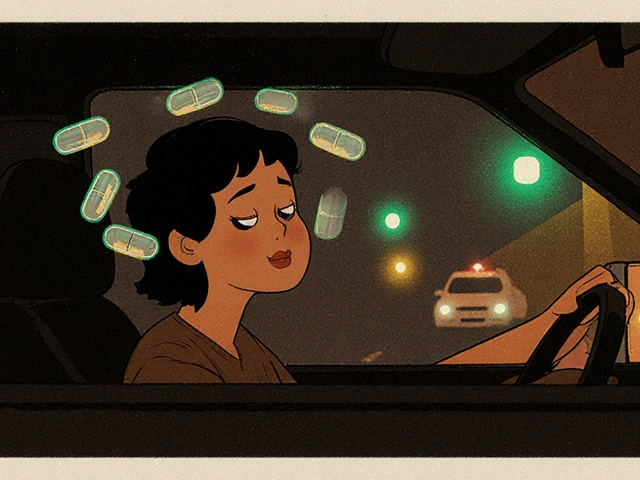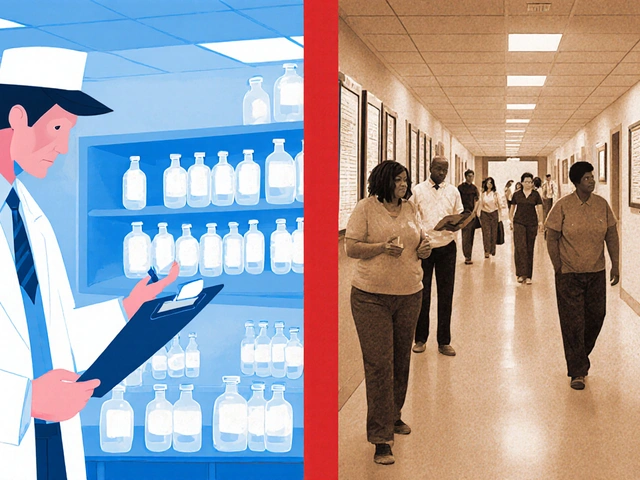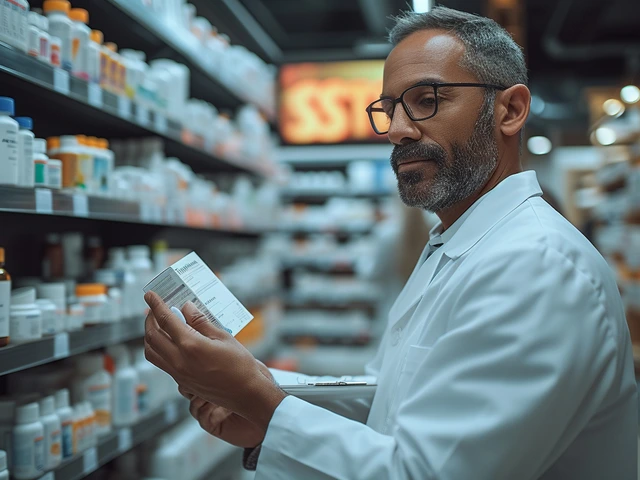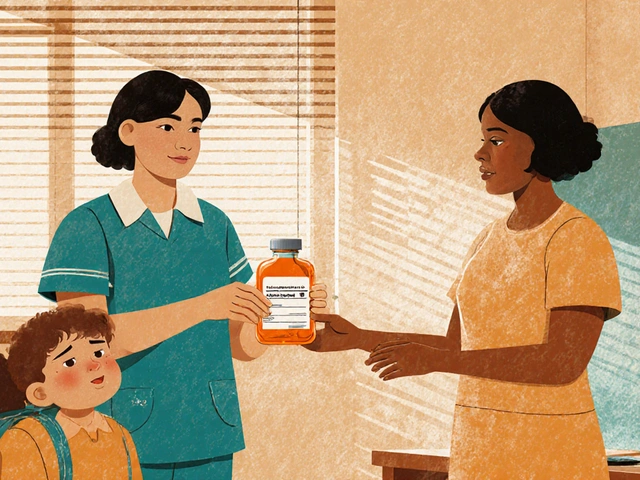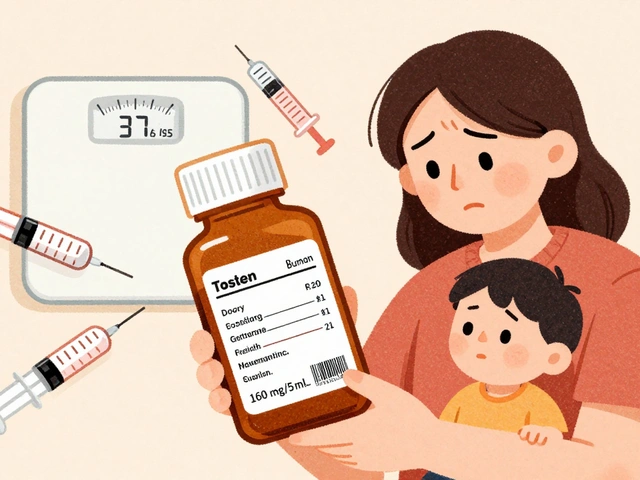Rosacea Causes: Why Your Skin Might Flare Up
If you’ve ever woken up with a red, bumpy face that just won’t quit, you’re not alone. Rosacea affects millions, and the good news is you can often spot what’s kicking it off. Knowing the culprits helps you dodge flare‑ups before they start, so you can keep your skin looking calm and comfortable.
Common Triggers
Most people notice certain habits or environments make rosacea flare. Hot drinks, spicy food, and alcohol top the list – they widen blood vessels and send a rush of redness. Even a warm shower or a brisk walk on a chilly day can do the same. Sun exposure is another big one; UV rays irritate the skin barrier and set off inflammation. If you’ve tried a new skincare product and your face turned tomato‑red, the ingredients could be to blame. Look for alcohol‑based toners, fragrance, or harsh acids that strip natural oils.
Stress and strong emotions aren’t just in your head – they affect your skin too. When you’re anxious, your body releases adrenaline, which can cause flushing. That’s why a stressful meeting or an intense workout might leave you with a noticeable pink glow. Warm indoor heating, especially in winter, can dry out skin and worsen rosacea. Keep the humidity up and use a gentle moisturizer to protect the skin barrier.
Underlying Factors
Beyond daily triggers, genetics play a role. If a close family member has rosacea, your chances go up, suggesting a hereditary component that affects how blood vessels react. Researchers also point to a tiny organism called Demodex mites that live on everyone’s skin. In rosacea sufferers, these mites can multiply, feeding on skin oils and triggering an immune response. While you can’t see them without a microscope, a dermatologist can test for an overgrowth.
Another piece of the puzzle is the skin’s immune system. Some people have an over‑active response to common bacteria or environmental factors, leading to chronic inflammation. This keeps blood vessels dilated and makes the skin look red even when you’re not exposed to a trigger. Lastly, a weakened skin barrier lets irritants slip in more easily, so the skin reacts more dramatically. Using gentle, barrier‑supporting products can help repair this weak spot.
Putting it all together, rosacea isn’t caused by a single thing. It’s a mix of genetics, immune response, tiny mites, and everyday habits that widen blood vessels. The best defense is a simple routine: identify and avoid your personal triggers, protect your skin from the sun, keep it moisturized, and consider a doctor‑approved treatment if the redness won’t quit. With the right approach, you can keep rosacea under control and enjoy a calmer complexion.
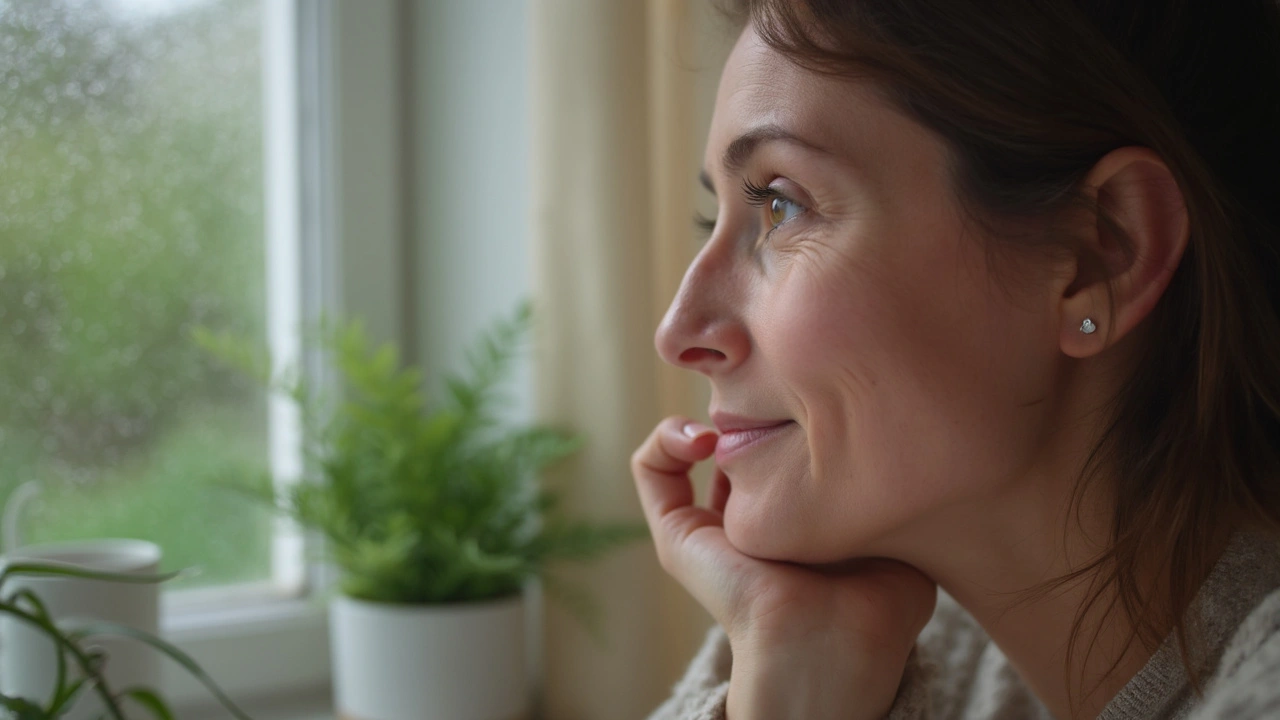
Why Does Rosacea Burn Like Sunburn? Understanding the Neurovascular Causes and Relief Tips
Rosacea often feels like a sunburn, even without spending time in the sun. This article breaks down why that burning sensation happens, zooming in on neurovascular inflammation. Discover the science, common triggers, and hands-on tips for relief and prevention. Factual details and practical advice blend together to help anyone struggling with burning, irritated rosacea skin.
